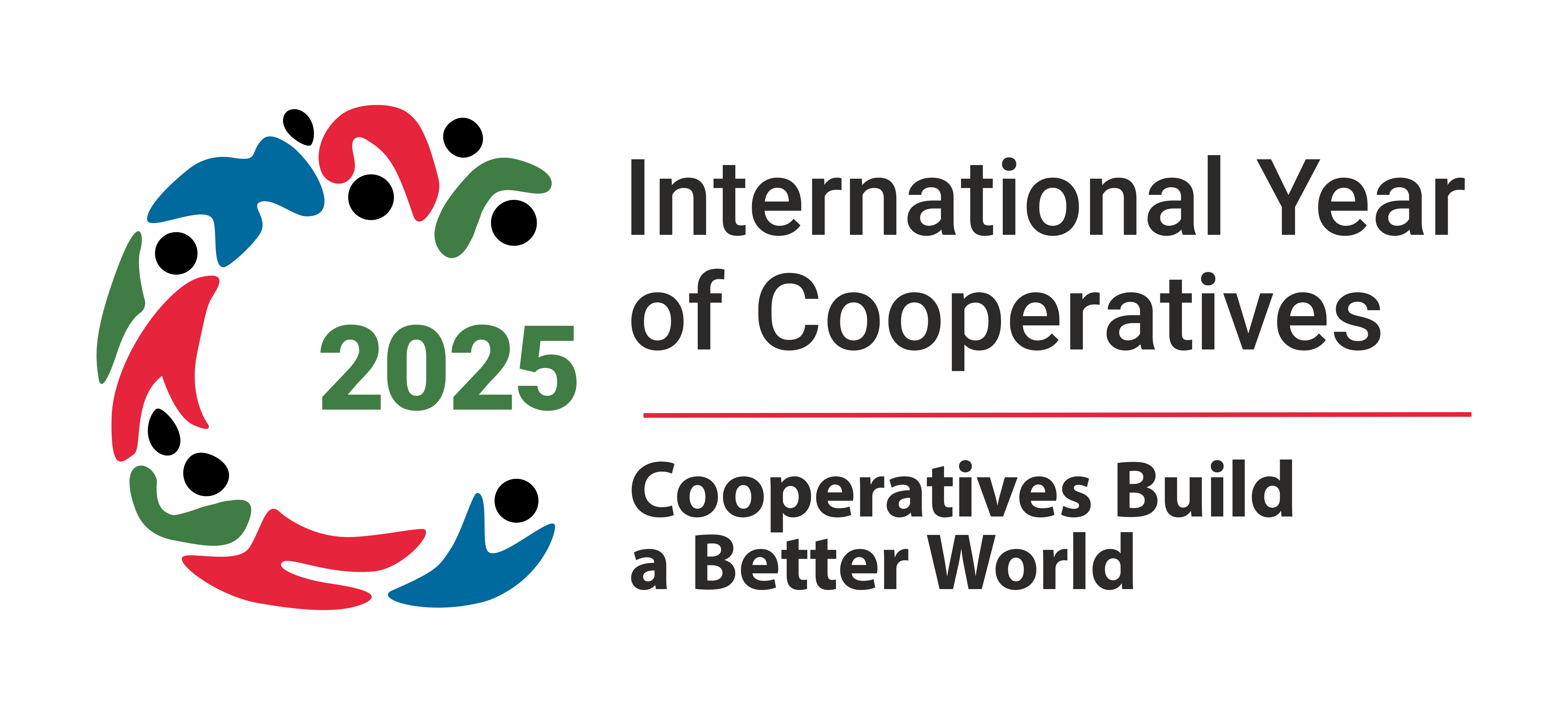NDDB ORGANISES WORKSHOP ON PRODUCTION & PROCESSING OF BOVINE FROZEN SEMEN UNDER NDP I
Anand, 20 October 2014: The National Dairy Development Board organised a two-day workshop on Production & Processing of Bovine Frozen semen under National Dairy Plan I (NDP I) at NDDB, Anand on 16-17 October 2014. Technical experts from India, USA, Germany, Denmark, Brazil, New Zealand; Officials from the World Bank & DADF of Govt of India; representatives of End Implementing Agencies & semen production agencies deliberated on all relevant issues to formulate a set of useful guidelines and recommendations on standards and protocols for bovine semen production and processing.
In his keynote address, Shri T Nanda Kumar, Chairman, NDDB urged the experts and participants to recognise the needs and problems of the farmers while carrying out research and development activities. He highlighted the need of a full proof AI delivery system for the farmers. NDDB Chairman suggested that one should also look towards the well-being of cattle and buffaloes while recommending judicious modifications in our existing breeding policy.
While emphasizing the critical issues related to formulating plans for the farmers, he said that all personnel involved in production and processing of bovine semen should improve their skill and knowledge. Shri Nanda Kumar said that to collectively address the challenges of increasing productivity we need qualified professionals who are committed to serve the farmers. He also stressed the need for certification and minimum standards for semen stations.
Earlier, in his welcome address, Shri Dilip Rath, Managing Director, NDDB said that one of the key objectives of NDP is to raise productivity of cattle and buffaloes by improving genetic potential of milch animals so as to meet the growing demand of milk in our country. To accelerate the process of genetic improvement in the existing population of cattle and buffaloes it is necessary to focus on 3 key areas: (a) establish a robust infrastructure for production of disease free High Genetic Merit (HGM) Bulls; (b) strengthen and expand facilities for production of disease free high quality frozen semen and (c) substantially raise the percentage of breedable bovines bred through Artificial Insemination. He said that by the end of 2017-18 the target is to produce 100 million frozen semen doses. Regarding expansion of AI the target is to increase AI coverage from 25 to 35% by 2017-18 and to 50% by 2021-22. A robust information system for collection of data related to all aspects of bull production and AI has already been put in place.
Ideas shared by technical experts during the workshop:
Dr Michael Kaproth from USA said that optimum number of sperms in a semen dose is important to maximize the use of a good bull. He stressed the use of genomic tested bulls for breeding as genomics can help achieve genetic gain much faster than progeny testing. Dr R Vishwanath from New Zealand presented the R&D work being carried out for further improvement in semen sexing technology. For accurate sperm counting, he recommended using nucleocounters, which are useful for neat semen as well as processed straws. Dr Lucia H Rodrigues, Animal Reproduction Consultant from Brazil gave an account of semen production from Crossbred and Zebu bulls. She opined that Nutrition and Animal Welfare are equally important for semen production besides genetic, reproductive and sanitary quality. Dr Mona Schwerhoff, Reproduction Consultant from Germany laid emphasis on: All in/ All out system in quarantine – following fixed dates for all, developing & using information systems, providing information and inclusion of farmers in necessary processes, investing in trainings and education for competent employees in each field of service on a long term view. Dr Kaj Abrahamsen, Head of Veterinary Department and IT, Viking Genetics, Denmark shared his vast experience in management of breeding bulls. He mentioned that the most critical aspect in semen collection is to understand the importance of a semen collector and his/her relationship with the bull. As far as the bio-security aspect in a semen production facility is concerned, external and internal health status are most important for disease free quality semen.
These technical recommendations would give a fillip to the production of superior quality semen doses matching the need of the Indian dairy farmers. It would also improve the quality and productivity of cattle and buffaloes they rear.

